Tag: Porto tram
-
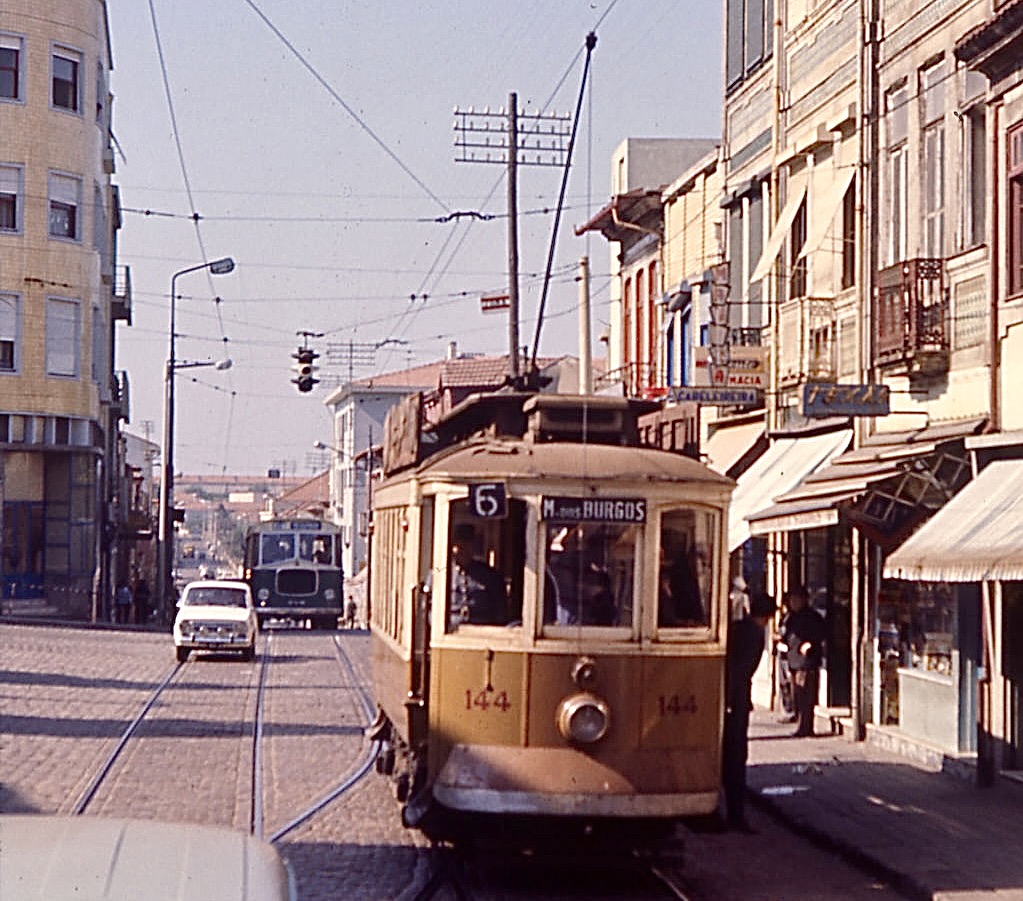
Brill-23
In 1909 the CCFP ordered 20 cars from Brill. These four-wheel cars were built to the Brill patented “grooveless post” semi-convertible design. Together with the Carros Ingleses these were the first tramcars with windscreens. The CCFP originally numbered these trams 251-270, they got GE 80 motors from General Electric and entered service in 1910.
-
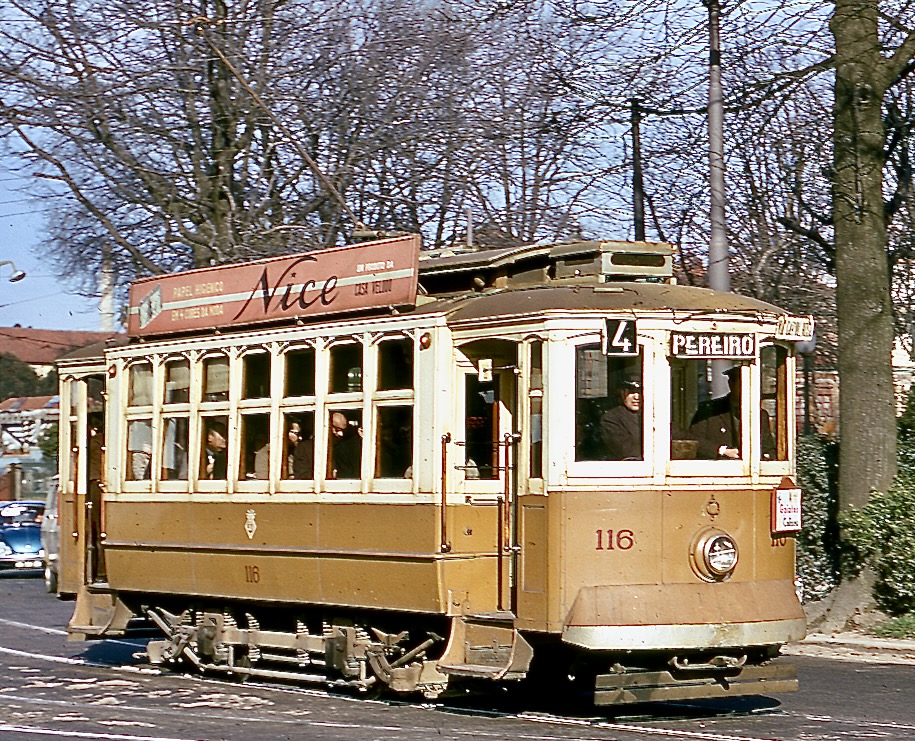
Carros Ingleses
In 1909 the CCFP ordered five cars with 7 drop windows each side from UEC of Preston in England. Together with the 4-wheel Brills these were the first tramcars with windscreens. The original numbering was 202-206, but was in 1913 changed to 296-300. The electric equipment came from Siemens-Schuckert. 296-299 got new Siemens D58 motors…
-
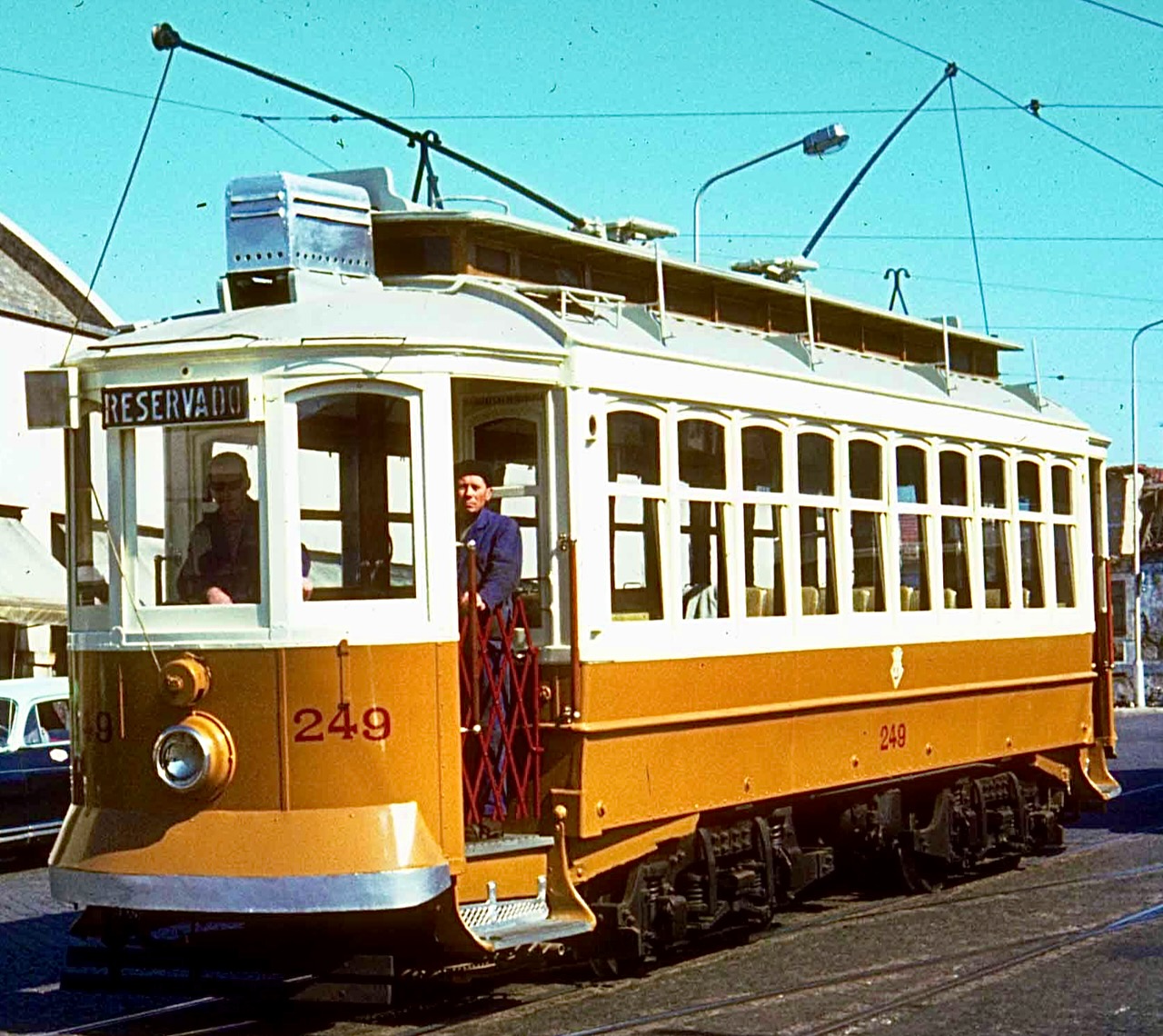
The Brill bogie tram of 1904
In 1904 from J G Brill Philadelphia an order was done for a Brill patent “grooveless post” semi-convertible car on Brill 27G bogies. The car was intended to be used on the “Marginal” (line 1) and got four Siemens motors because of the 10% incline at the East side of the Jardim do Infante. The…
-
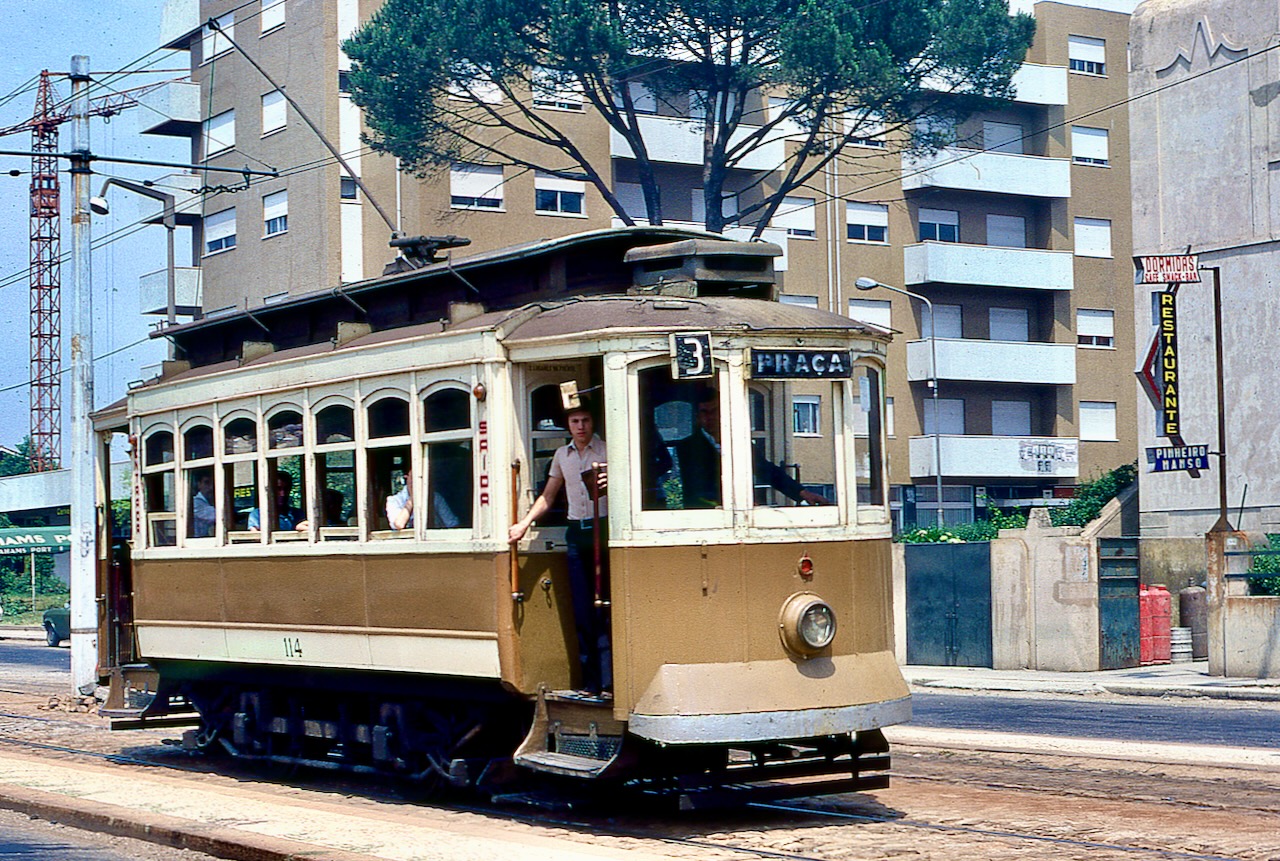
The 7-window Constructora trams
In 1907 A Constructora made two new tramcars with seven windows at each side and seating for 23 with transverse benches. These cars got the numbers 199-200. In the same period the workshops of the CCFP converted 6-window tramcar no.46 as well into a similar 7-window car. This car got the number 201 and had…
-
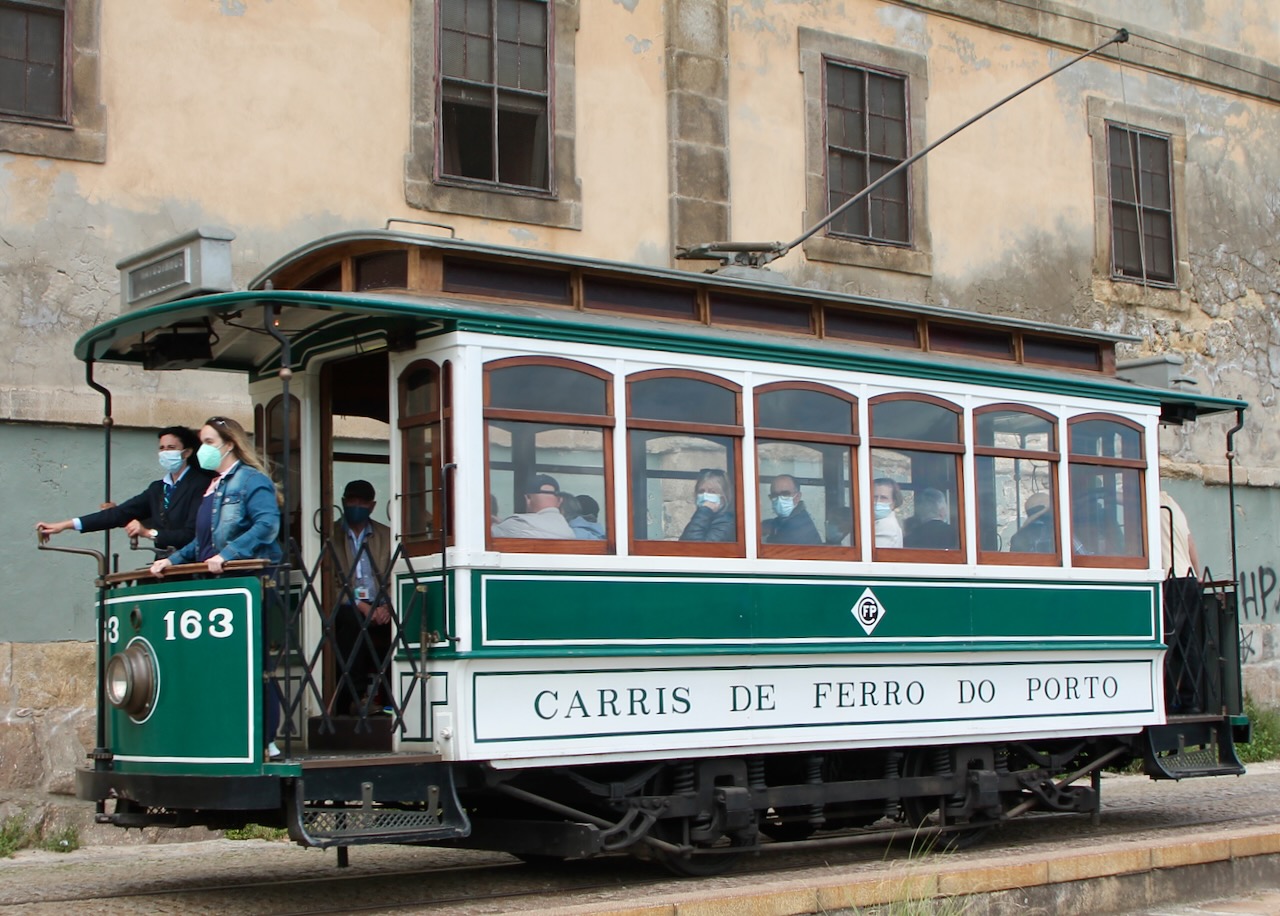
The 6-window Constructora trams
In 1904-1906 A Constructora delivered 24 cars with six windows on both sides and seats for 22 on 2 longitudinal benches of 5.22 m. The trucks came from Brill, the motors and controllers from Siemens. These were the last “Risca ao Meio” type cars. They were numbered 43-54, 57-66 and 68-69. Car no.46 was in…
-
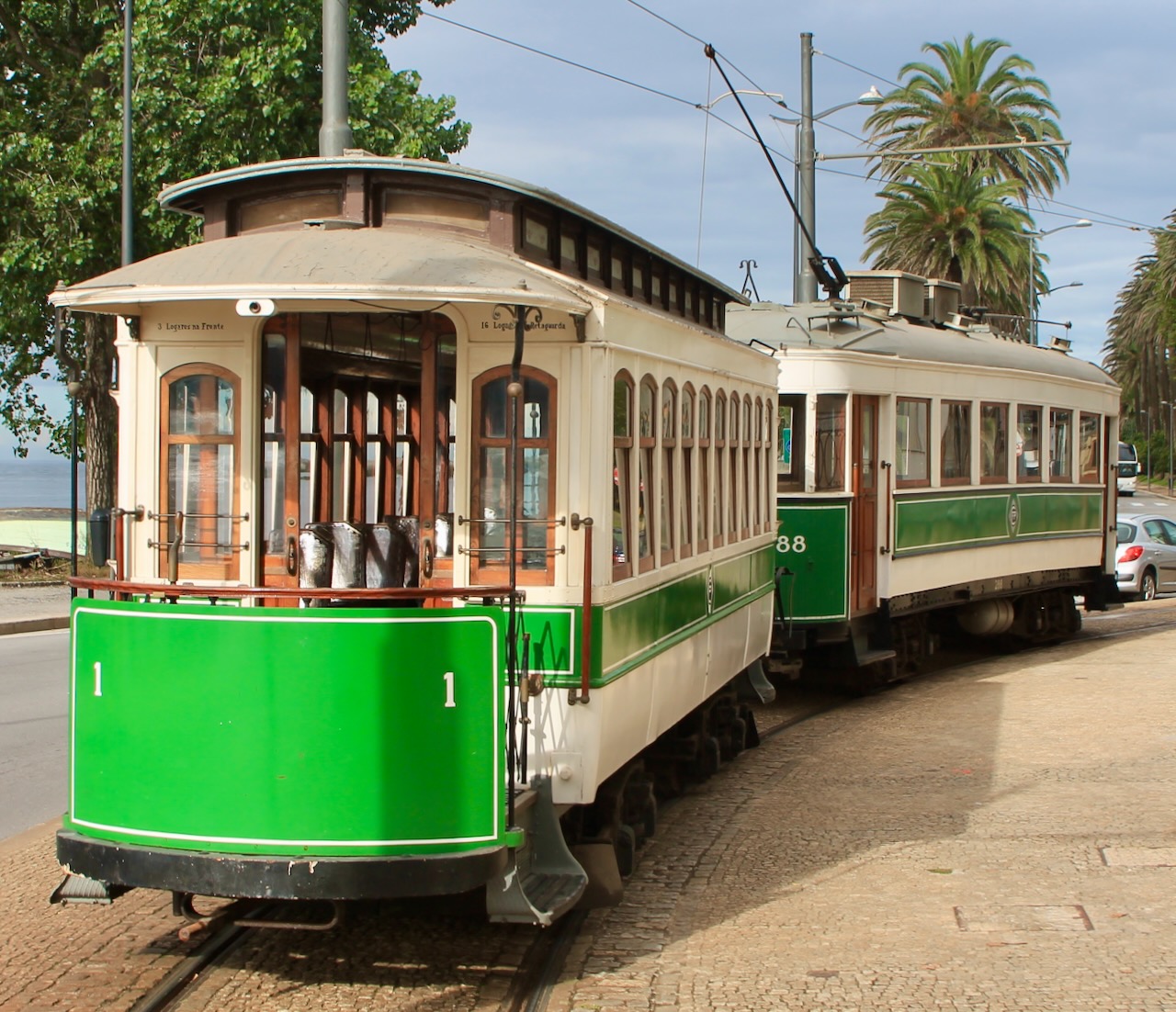
The Bogie Trailers of the Porto Trams
The body of trailer 1 was, together with the small body which was used for CE 250, made in 1909 by A Constructora without having received a firm order. After some discussion the CCFP acquired both bodies, used the large one for trailer 1 and ordered from A Constructora six more bodies of this type…
-
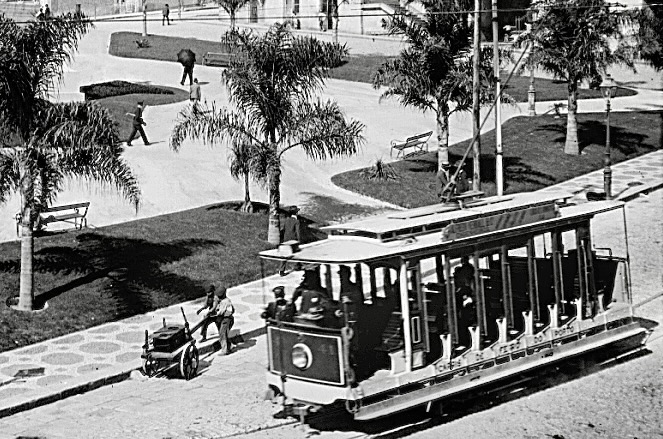
The open electric trams of Porto
In 1903 the workshops converted an open mule car to an electric car for service on the longest lines. It got the number 40 and made a successful test run on 21 February 1904. The fate of this car is a mystery as it was not reported anymore after 1904.
-
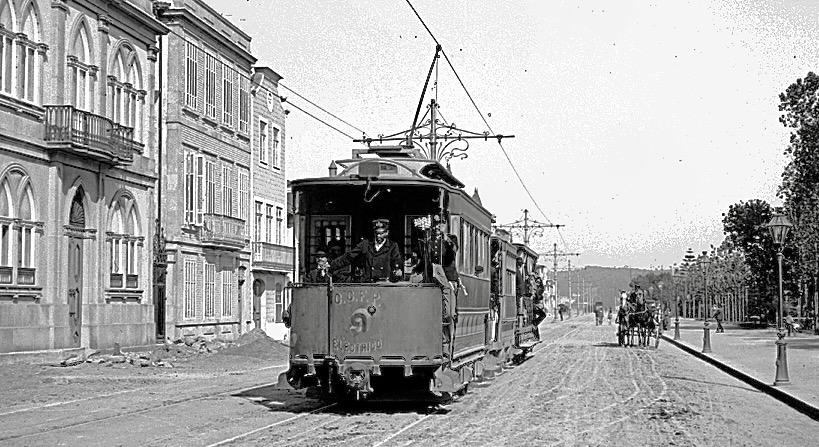
The first eléctricos of Porto
Like any other major tram system, Porto put over time a number of different types of trams in service. This page is about the first generation of electric trams in Porto, the types entering service between 1895 and 1903.
-
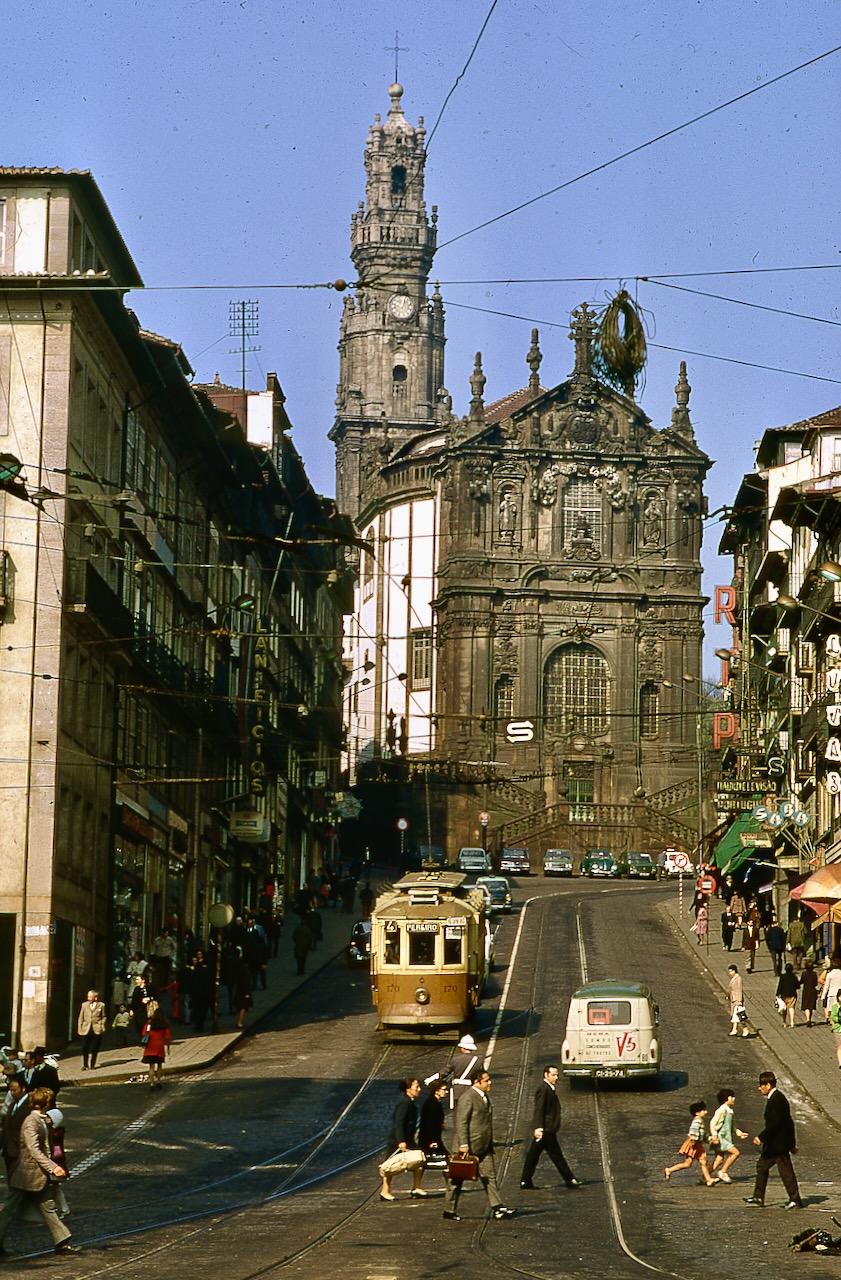
The Porto Electric Tram Network, the STCP years since 1946
The first electric tramline in Porto was opened in 1895. Until 1946 the network was operated by the CCFP: Companhia Carris de Ferro do Porto. This was a private company. In 1946 the operations were taken over by the municipal owned STCP: Serviço de Transportes Colectivos do Porto (now Sociedade de Transportes Colectivos do Porto)…
-
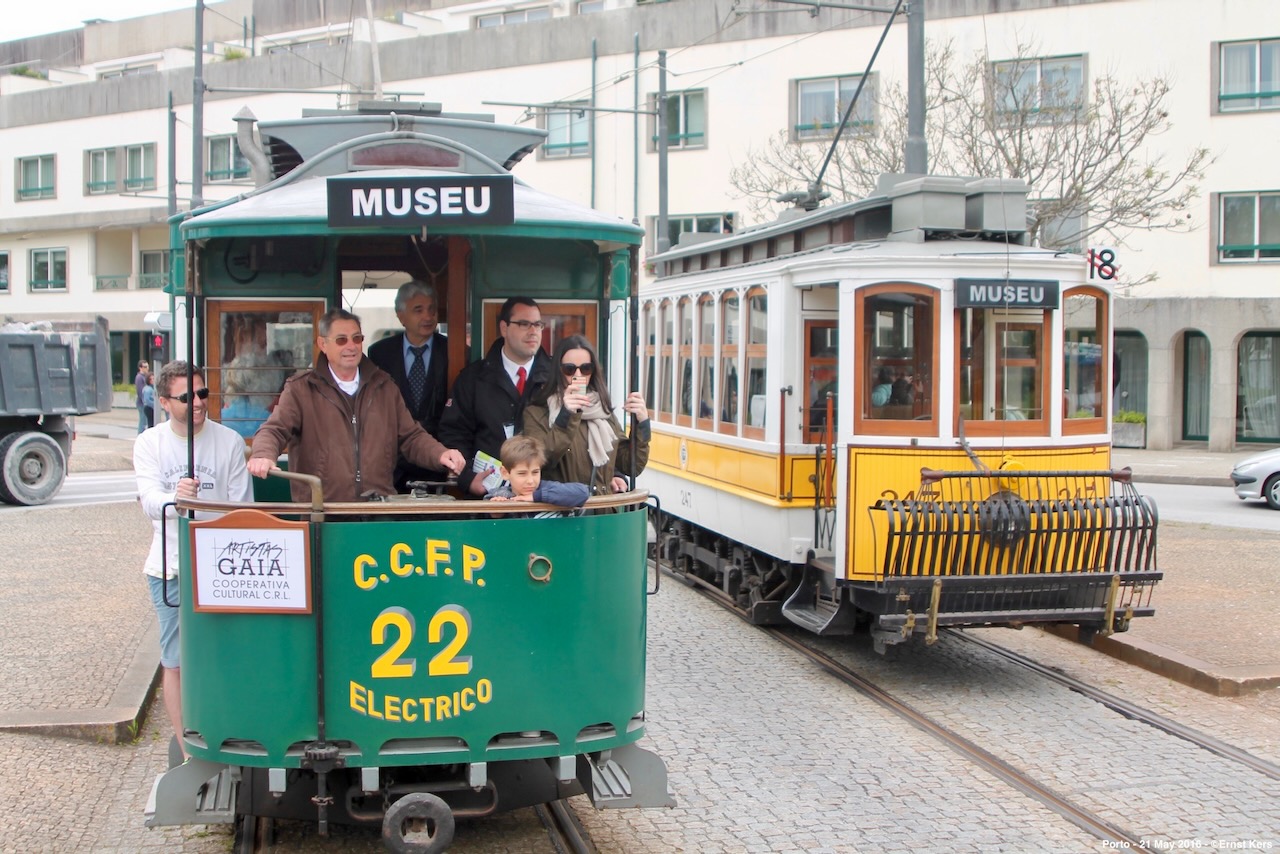
The Porto Electric Tram Network, the CCFP years 1895-1946
The first electric tramline in Porto was opened in 1895. Until 1946 the network was operated by the CCFP: Companhia Carris de Ferro do Porto. This was a private company. In 1946 the operations were taken over by the municipal owned STCP: Serviço de Transportes Colectivos do Porto (now Sociedade de Transportes Colectivos do Porto)…
-
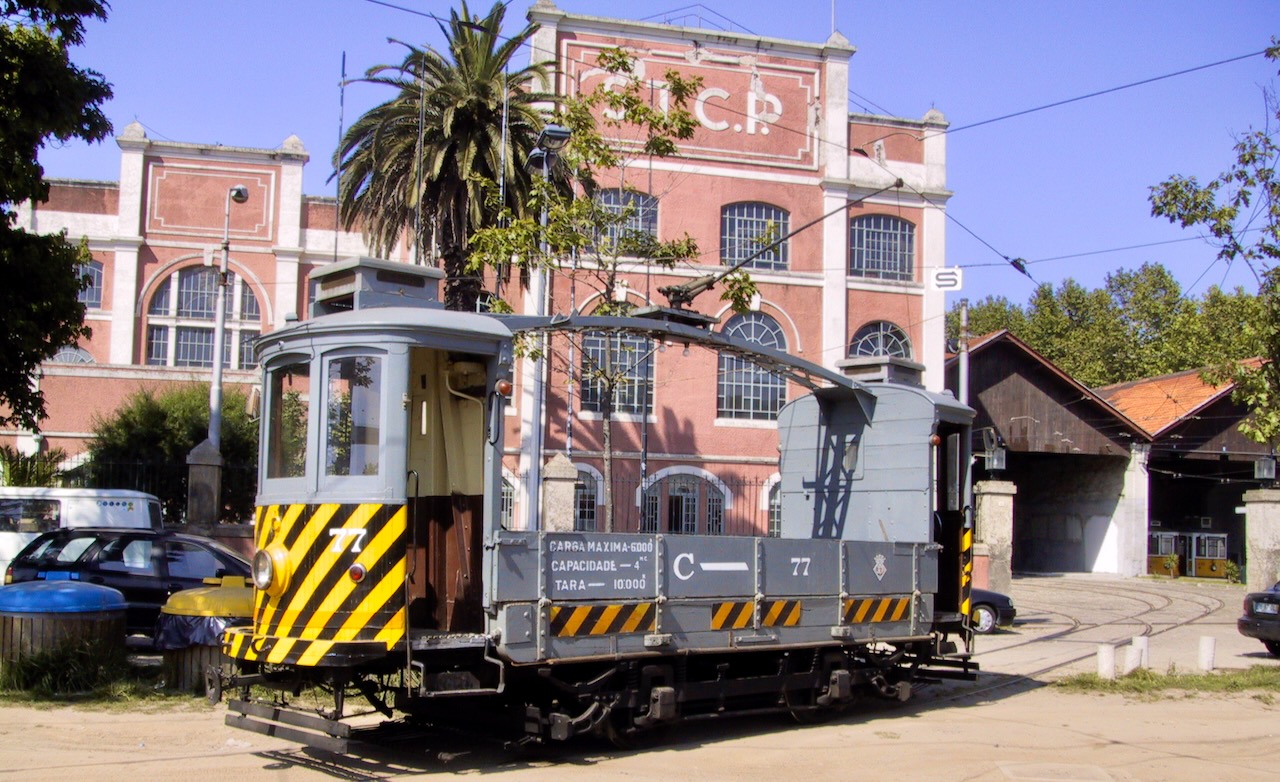
The Porto Freight Trams
On few urban tram systems freight trams were operated. There were urban systems having transport of a single type of goods over a single route, but Porto was exceptional with significant transport of many different kinds of freight with sidings for (un)loading scattered over most of the network. This page gives an overview, although not…
-
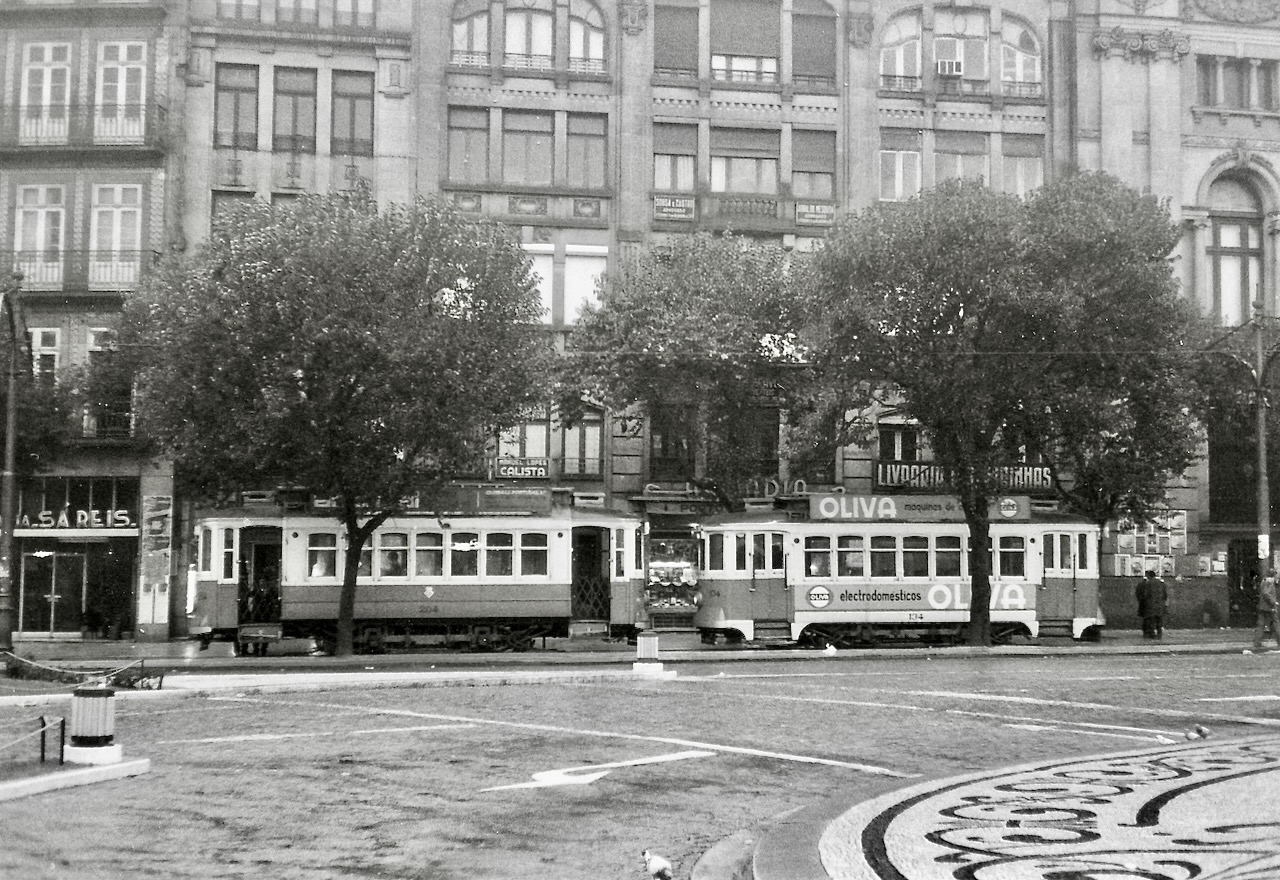
Praça da Liberdade
Praça da Liberdade, until 1910 Praça Dom Pedro IV, is the heart of the city of Porto. When the first mule trams arrived here in 1875, the Northern side was still occupied by the old city-hall. Most mule trams did not have their terminus on Praça, but continued to another destination. There were only single…
-
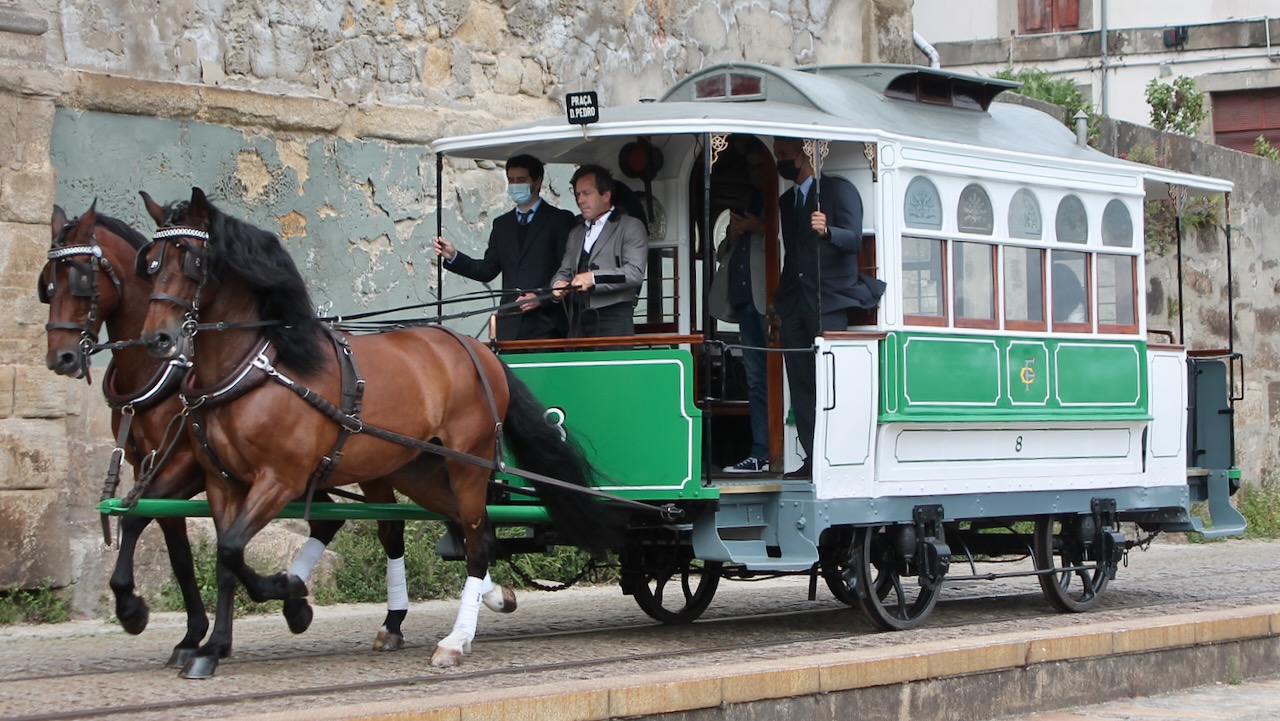
The Mule (horse) Tram period
Porto, like many other cities, developed a horse tram system in the last decades of the 19th century, although instead of horses mainly mules were used to haul the vehicles. This page tells the history of these first trams of Porto. There is a separate page about the oldest tram vehicles.
-
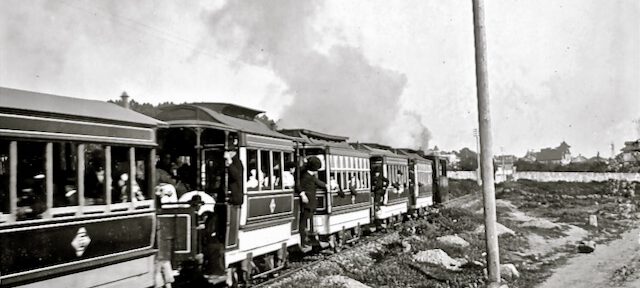
The Oldest Porto Tramcars
The history of the oldest Porto tramcars is very complicated, but partly also obscure. They were hauled by both mules and steam locomotives. Later part of them were transformed into electric trams while the others continued as trailers of the electric trams. The majority was disposed of during the second decade of the twentieth century,…
-
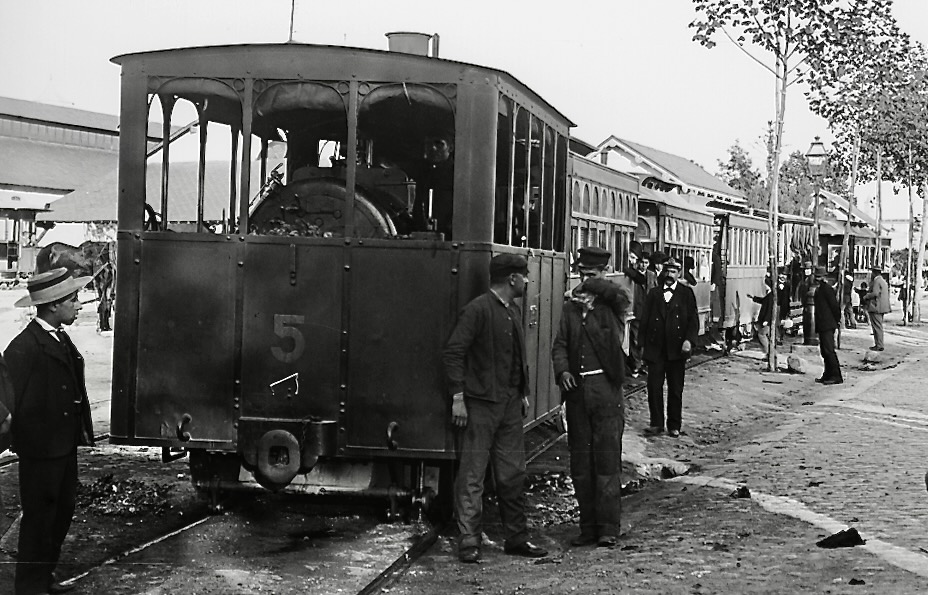
The Porto Steam Trams
In Porto, like in most cities before electric trams were introduced, horse trams provided the urban public transport, although in Porto more often mules were used. Steam trams were used in many cities too, most on busy suburban routes. Porto was one of the cities in Europe using steam locomotives for trams. This page is…
-

Ponte Luís I
The Ponte Luís I, often called the Ponte Dom Luís, connects the central parts of Porto and VN de Gaia. It had and has a major role in the public transport of Porto and is one of the most important landmarks of the city. This bridge with two decks was built in the 1880’s as…
